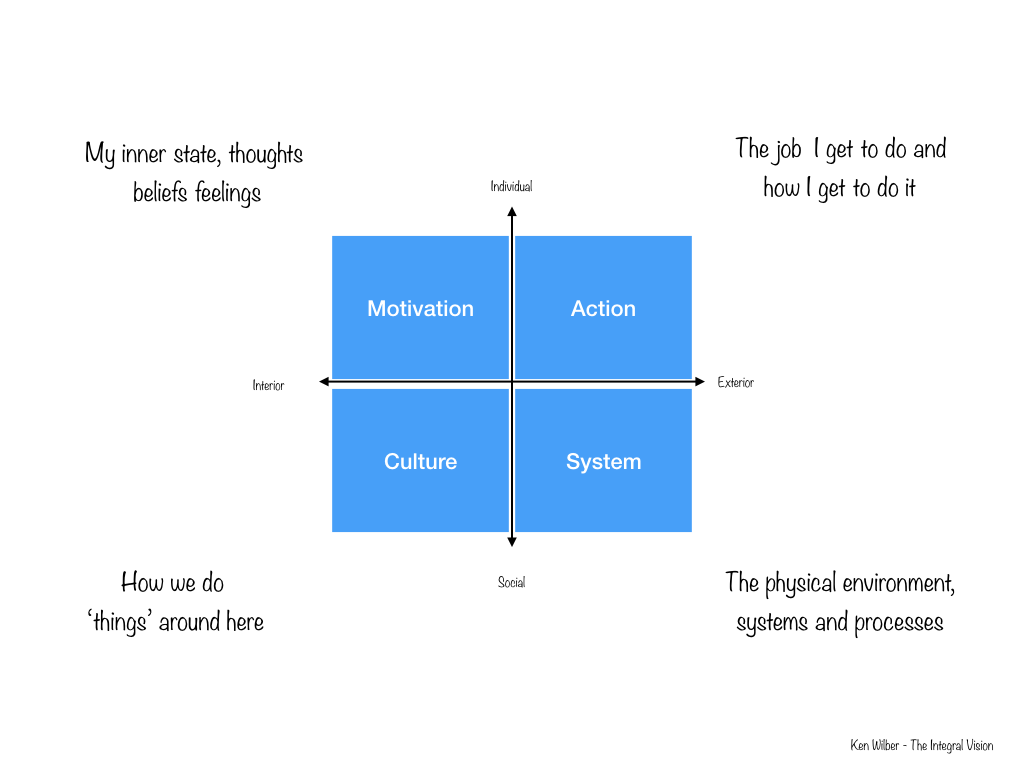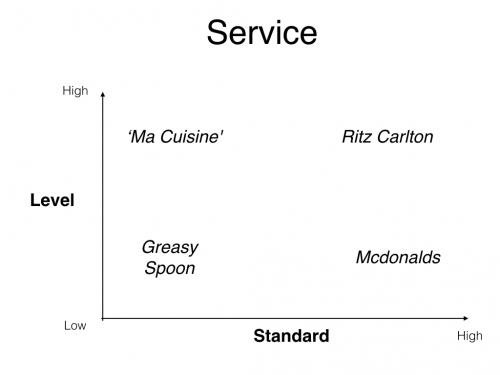Summary of React or Respond
For the full version watch the video or listen to the audio as you prefer
In every situation there is a space, and in that space you have a choice. The choice to react or respond.
Victor Frankel wrote:
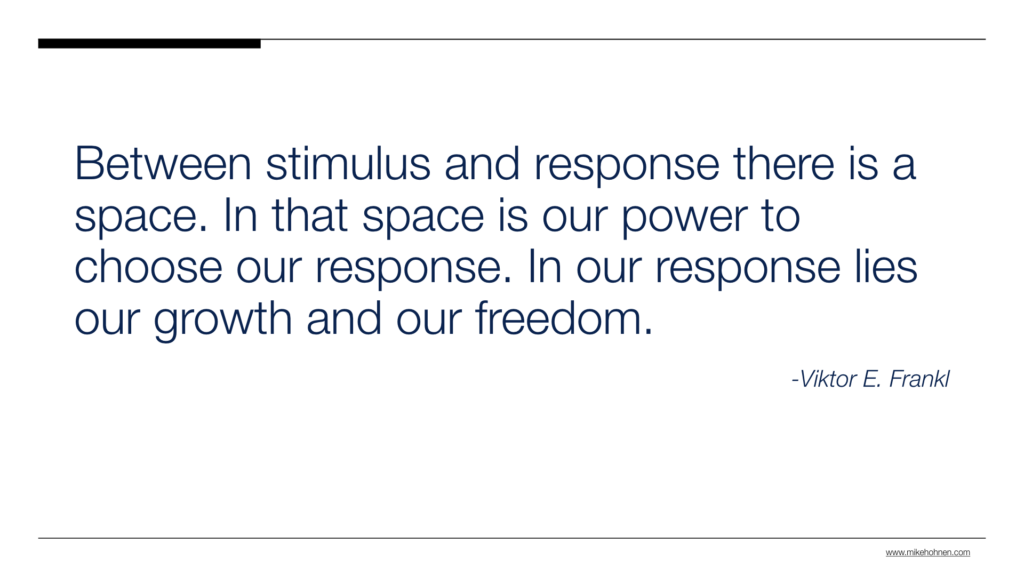
Respond or React will position you above or below the line
Above the line and below the line is also the difference between responding (above the line) or reacting, which immediately puts you below the line. When we are hijacked by our emotional system, we automatically fall into the trap of the drama triangle. And we choose a role for ourselves. When we choose a role for ourselves, we at the same time try and push the people around us or the circumstances of whatever into one of the two other roles to get the drama triangle going. And as we mentioned last time, this only serves the purpose of creating a lot of emotional friction, hot air, whatever you like. But it never leads to any constructive solutions. As long as we are caught in the drama triangle, we have no possibility to, create anything meaningful or useful. We just go round and round in circles like cats chasing our own tails.
List to your own language
Try and listen for your own language and notice how your own language will determine whether you are starting a new drama triangle or whether you already are responding and trying to pull the whole conversation into a completely new sphere above the line where we’re outcome-focused, constructive and trying to find solutions. And if you can manage that, and if you get good at that, then you’re going to see how people love to work with you.
Catch up on previous posts
Previous blog posts in this series on Team Leadership Skills and working above and below the line:
Leadership skills every team leader needs to master
As a leader do you have the courage to examine your mindset model?
Feeling right you are probably wrong
Great team leaders do not get sucked into the drama
Mike Hohnen, MBA is a coach, trainer, author and public speaker who supports leaders, managers and their teams in implementing the principles of the Service Profit Chain.
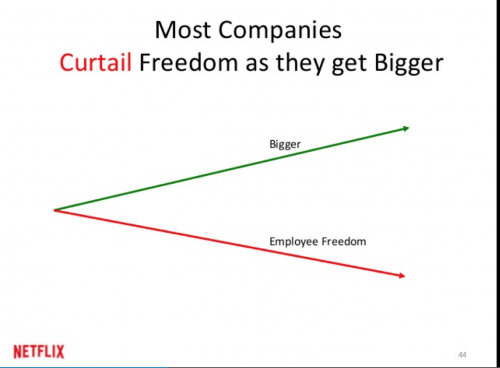
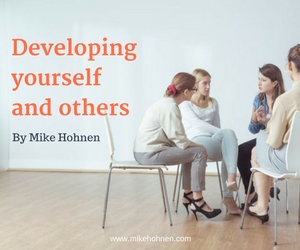
 Often teams say to me: “We need to change the culture around here.” And they often have a point, because toxic cultures are very powerful and can often destroy all sort of great initiatives – and as we have seen in a previous post, culture is a huge part of engagement. But it also easily becomes a fluffy excuse for not doing anything. It’s another drama triangle where the big villain is the culture and we are just the victims of this culture. “Well you know, that is just the culture around here. There’s not much we can do about it.”
Often teams say to me: “We need to change the culture around here.” And they often have a point, because toxic cultures are very powerful and can often destroy all sort of great initiatives – and as we have seen in a previous post, culture is a huge part of engagement. But it also easily becomes a fluffy excuse for not doing anything. It’s another drama triangle where the big villain is the culture and we are just the victims of this culture. “Well you know, that is just the culture around here. There’s not much we can do about it.”
